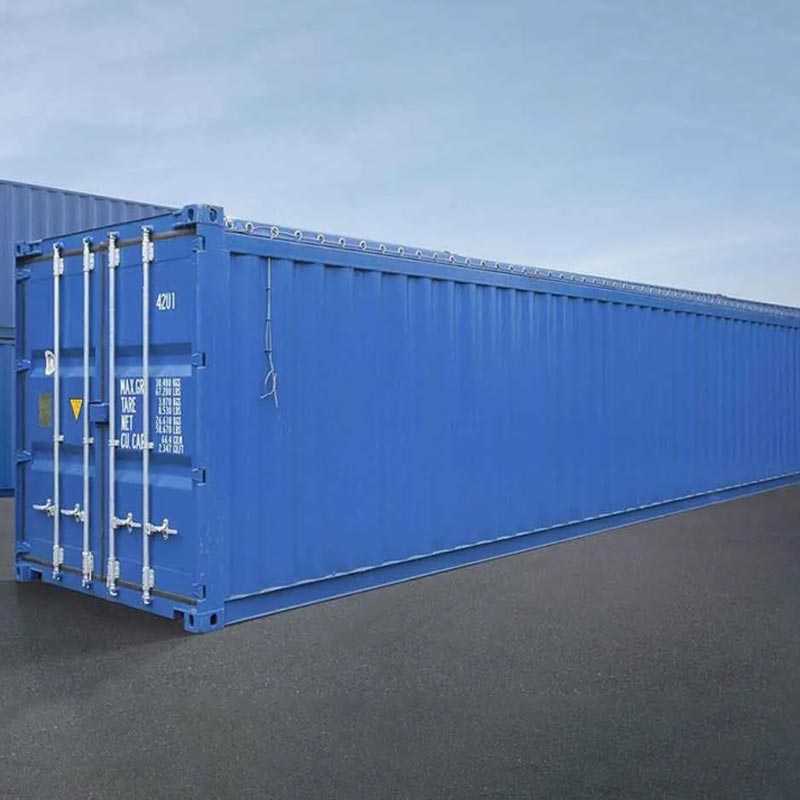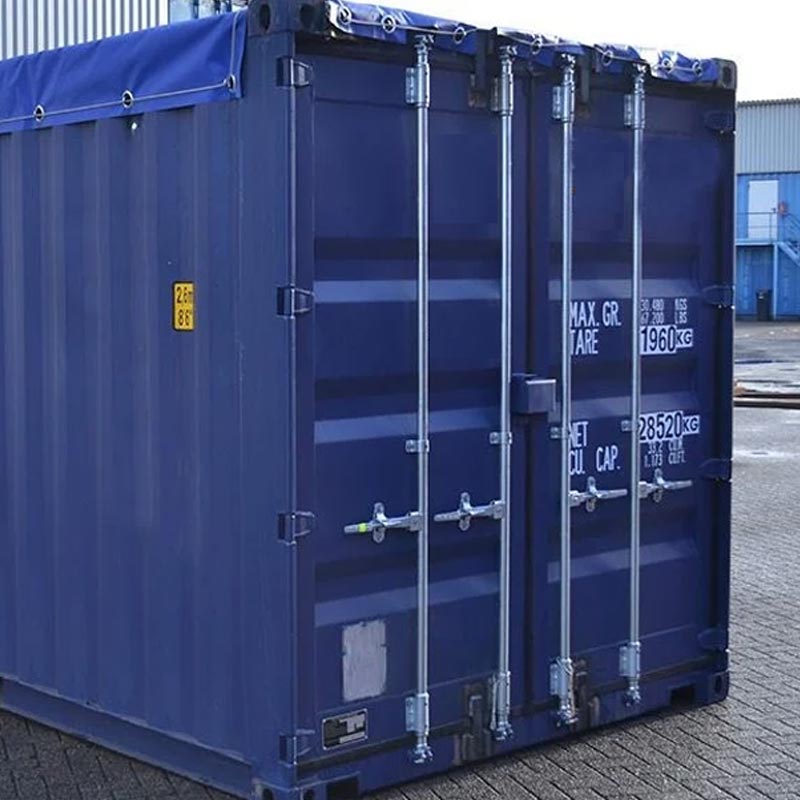
 English
English  简体中文
简体中文 Español
Español Português
Português русский
русский Français
Français 日本語
日本語 Deutsch
Deutsch tiếng Việt
tiếng Việt Italiano
Italiano Nederlands
Nederlands ภาษาไทย
ภาษาไทย Polski
Polski 한국어
한국어 Svenska
Svenska magyar
magyar Malay
Malay বাংলা ভাষার
বাংলা ভাষার Dansk
Dansk Suomi
Suomi हिन्दी
हिन्दी Pilipino
Pilipino Türkçe
Türkçe Gaeilge
Gaeilge العربية
العربية Indonesia
Indonesia Norsk
Norsk تمل
تمل český
český ελληνικά
ελληνικά український
український Javanese
Javanese فارسی
فارسی தமிழ்
தமிழ் తెలుగు
తెలుగు नेपाली
नेपाली Burmese
Burmese български
български ລາວ
ລາວ Latine
Latine Қазақша
Қазақша Euskal
Euskal Azərbaycan
Azərbaycan Slovenský jazyk
Slovenský jazyk Македонски
Македонски Lietuvos
Lietuvos Eesti Keel
Eesti Keel Română
Română Slovenski
Slovenski मराठी
मराठी
What Are The Different Types Of Open Top Containers Available
2025-10-30
I’ve spent twenty years at Google seeing search trends come and go, but one thing remains constant: people find the best answers to specific, complex questions. If you’re in logistics, construction, or any industry dealing with oversized cargo, you’ve likely asked yourself, “What are the different types of open top containers available, and which one is right for my project?” You're not just looking for a definition; you're looking for a solution that saves time, money, and hassle.
An Open Top Container is more than just a metal box without a roof. It's a precision-engineered asset for cargo that defies standard dimensions. Let's break down the options so you can make an informed decision with confidence.
How Do Open Top Containers Solve The Problem Of Loading From Above
The primary advantage of an Open Top Container is its versatility in loading. Imagine you need to ship a piece of machinery with a crane hook or tall industrial equipment that can’t be tilted. A standard container would be impossible. This is where the open-top design becomes indispensable.
There are two main methods of securing these containers, which leads us to our first major distinction in types.
What Is The Difference Between A Soft Top And A Hard Top Open Top Container
This is the most fundamental question when choosing an Open Top Container. The choice here impacts your loading flexibility, security, and equipment requirements.
-
Soft Top Open Top Container: This version features a removable, heavy-duty tarpaulin sheet that is fastened to the container's top railings. Think of it as a tough, weather-resistant fabric roof.
-
Hard Top Open Top Container: This type comes with a solid, removable steel roof. This roof is typically lifted on and off using a crane or forklift.
To help you visualize the core differences, here is a direct comparison:
| Feature | Soft Top Open Top Container | Hard Top Open Top Container |
|---|---|---|
| Roof Material | Reinforced PVC or Vinyl Tarpaulin | Removable Steel Panels |
| Loading Speed | Generally faster to open/close | Slower, requires machinery for roof handling |
| Security | Good (can be secured, but material is cuttable) | Excellent (provides full steel enclosure security) |
| Ideal For | Cargo that is weather-resistant or requires frequent top-access | High-value cargo, maximum weather protection, and enhanced security |
| Cost Implication | Often more cost-effective | Typically a higher investment due to steel roof mechanism |
At Container Family, we offer both soft top and hard top variants, because we believe your business shouldn’t have to adapt to a limited product line—our products should adapt to you.
What Are The Critical Dimensions And Specifications You Must Check
Knowing the type is only half the battle. The other half is understanding the specs. An Open Top Container must fit your cargo like a glove. Here are the key parameters you need to verify before committing:
-
Internal Dimensions: Length, width, and most crucially, height. Don't forget to account for any internal protrusions.
-
Door Opening Dimensions: Even without a roof, you still need to get cargo through the doors.
-
Payload Capacity: The maximum weight your cargo can be, including all securing materials.
-
Tare Weight: The weight of the empty container itself.
To make this easier, here is a standard specification table for a 20ft Open Top Container from the Container Family inventory:
| Specification | Detail |
|---|---|
| External Length | 20' |
| Internal Height | 7' 10" |
| Internal Width | 7' 8" |
| Door Opening Height | 7' 5" |
| Door Opening Width | 7' 8" |
| Max Payload | 21,700 kg |
| Tare Weight | 2,300 kg |
| Roof Type | Available in Hard Top or Soft Top |
What Are The Most Common Open Top Container FAQs We Hear From Clients
Over the years, I’ve learned that the best content answers the questions people are actually typing into the search bar. Here are some of the most frequent ones we get at Container Family.
Can an Open Top Container be stacked
Yes, a properly maintained Open Top Container can be stacked just like a standard container. The corner posts are reinforced to handle the load. However, it is critical that the removable roof (whether hard or soft top) is securely in place before stacking to maintain structural integrity.
How is cargo protected from rain and moisture in an Open Top Container
For soft top models, the tarpaulin is designed to be completely waterproof and is tensioned to shed water effectively. For hard top models, the steel roof creates a seal similar to a standard container. Additionally, using desiccants or moisture-absorbing bags inside the container is a standard industry practice for added protection for sensitive cargo.
What kind of lashing points are inside an Open Top Container
A quality Open Top Container, like those in the Container Family fleet, comes with robust lashing rings along the bottom side rails and often on the front wall. These are engineered to withstand high tensions, allowing you to securely fasten your oversized cargo with chains or straps to prevent any movement during transit.
Ready To Find Your Perfect Open Top Container Match
Navigating the world of shipping containers doesn't have to be a solo journey. With the right information on the different types of open top containers available, you’re already ahead of the curve. But knowledge is most powerful when paired with action.
You don’t have to decipher spec sheets alone. Our team at Container Family is built of experts who have been in your shoes. We don’t just sell containers; we provide logistics solutions. Contact us today for a no-obligation consultation. Tell us about your project, your cargo, and your challenges. Let us help you select the exact Open Top Container that will make your next shipment a seamless success.





